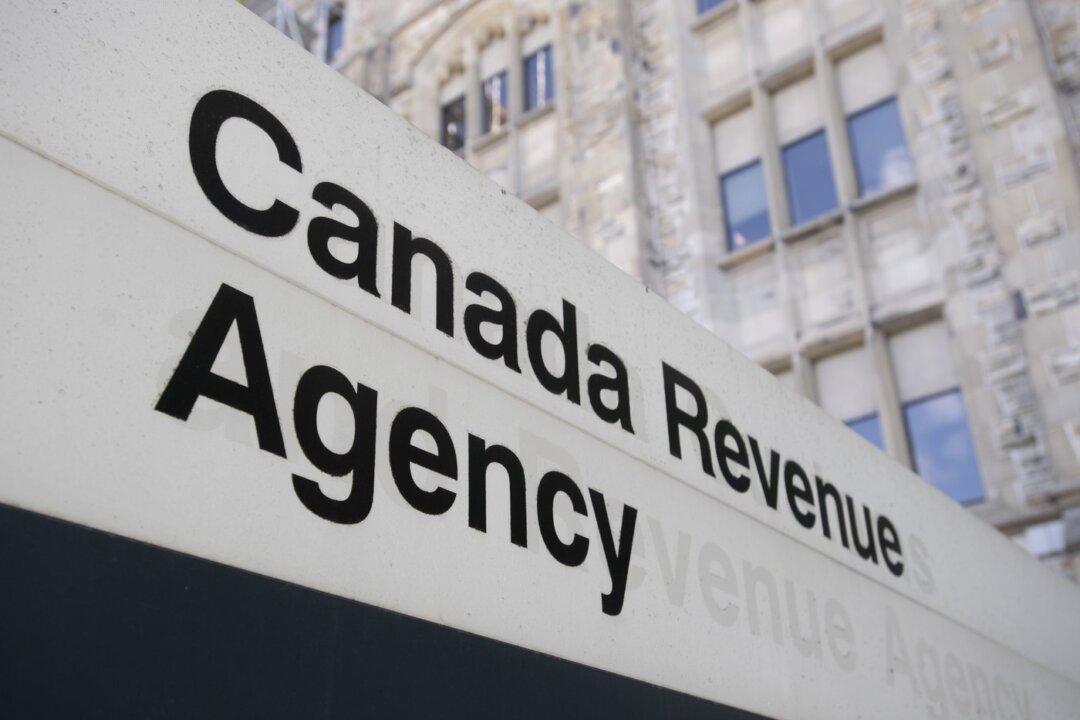Callers to the Canada Revenue Agency (CRA) in 2023 spent 20-plus minutes on hold, despite the agency spending more than $480 million on call centres, a new report shows.
The CRA doled out $481.1 million for call centres in the 2022–23 fiscal year, setting a new spending record, according to an Inquiry of Ministry obtained by Blacklock’s Reporter. The response by National Revenue Minister Marie-Claude Bibeau’s office showed that 7,319 full-time employees were assigned to deal with calls to the CRA.





